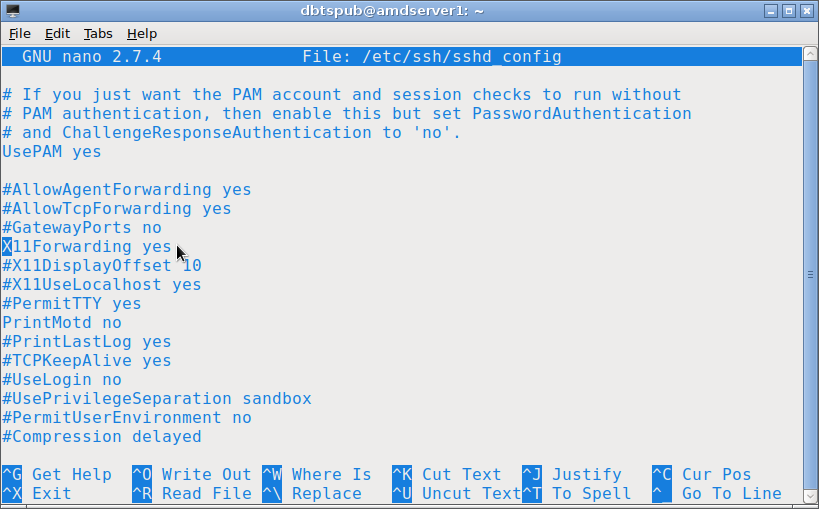
Connection Alternatives
My main concern in these discussions is to demonstrate the simplest ways for new users to enjoy the convenience of having their own accessible home server, but my secondary concern is resource usage efficiency. Having your own server that runs virtual systems can be a great advantage in that the resource load is not on the client machine. There are several ways to connect to and access virtual systems running on your server but they each have a different resource tax on your client. Below is a list numbered from the least client efficient connection method to the most:
1) Install gnome-boxes to the client’s system, and use the built in remote connection features in gnome-boxes. This method of course requires that both hardware sets (server & client) have hardware capable of virtualization and decent disk size and RAM. See the link below on making remote connections this way:
https://help.gnome.org/users/gnome-boxes/stable/
2) Use a Remmina client and VNC to remotely access your server’s Debian DE. In this type of connection the more RAM the client can access the better. You will find all the information you need for setting up a Remmina client, an SSH tunnel, and a VNC connection to your server from which you can use gnome-boxes remotely in my tutorial below:
Linux Lite 4.x Connections To & From Debian 9
3) Use a nested X server and SSH X11 forwarding. This is necessary to use the gnome-boxes on your server with Windows 10 SSH X11 forwarded connections, and allows for some minor display customizations in Linux. I will discuss installing and using Xephyr with Debian 9 here, but with Windows 10 you will need Xming. They essentially work the same and set up easily. The link below is to the Xming site:
http://www.straightrunning.com/XmingNotes/
4) The method I use the most is also the simplest and most resource efficient for my Debian client. Since my server’s DE is Debian and my client is too, SSH X11 forwarding works just fine.
Using SSH X11 Forwarding With Or Without A Nested X Server
To start with you need to configure X11 forwarding on your SSH server. With sudo or from root run nano /etc/ssh/sshd_config. When the file opens remove the # at the beginning of the line X11Forwarding and make sure it reads like the image below, adding the yes at the end if necessary. Hit Control+x, then y, then Enter to save the change.

If you want to experiment with Xephyr, or if you need to run a nested X server because of software compatibility issues, open up synaptic and type Xephyr and locate and install the package. See image below:
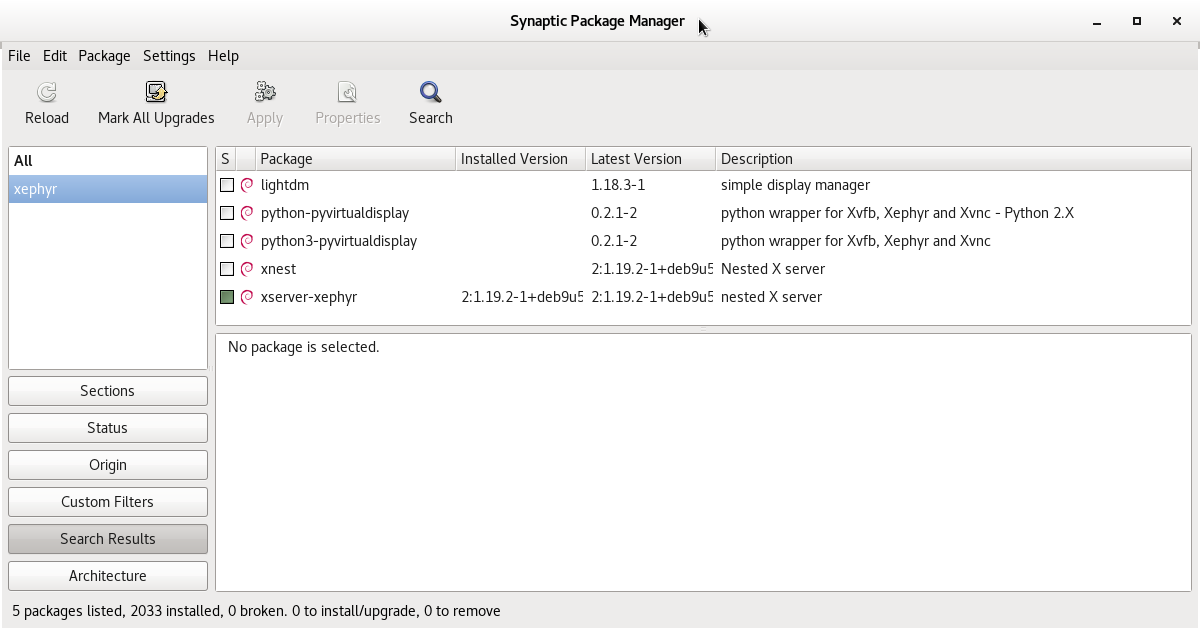
Use the command from the image below to start Xephyr. The 1000x700 is the screen resolution. You can use whatever fits on your desktop. The :8 is the display number. You can use 1 and up for a display number. :0 is usually reserved for the X11 server for your desktop.
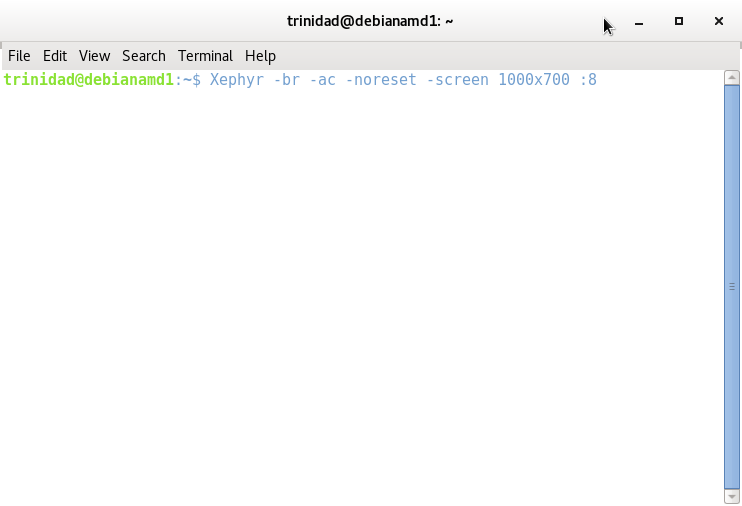
After the command runs you should see a black window like the image below:

Leave the terminal that runs Xephyr alone and open a new terminal and run the command like the image below where dbtspub is your SSH user name, and 10.42.0.72 -p 54321 is your server’s address and port. You must specify the display number at the beginning of the command. There will be GTK warnings but they are not important and can be sent to /dev/null if you desire.
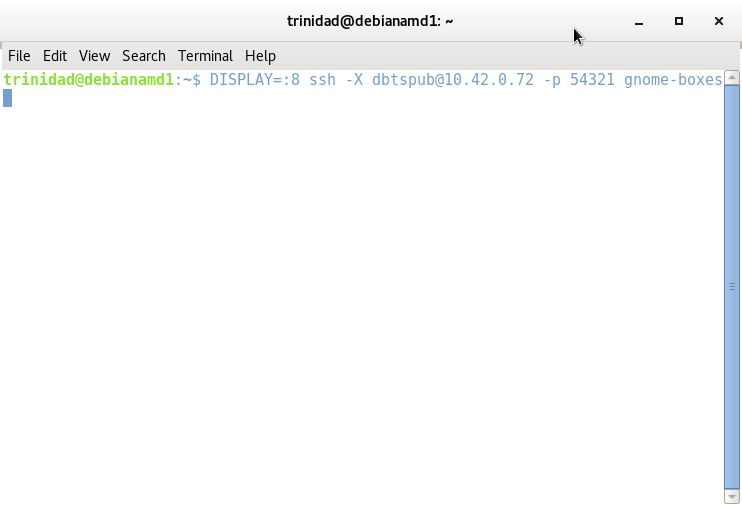
If the command runs successfully the gnome-boxes application on your server will open in the Xephyr window on your client’s desktop and be fully operational via its GUI. See image below where I have Bunsen Labs running. Note that as I mentioned before i386 systems will run in gnome-boxes just fine, as well as i686 pae images, 64bit images, and a lot of ARM images as well, and even Frugal installs. It’s hardware emulation software.
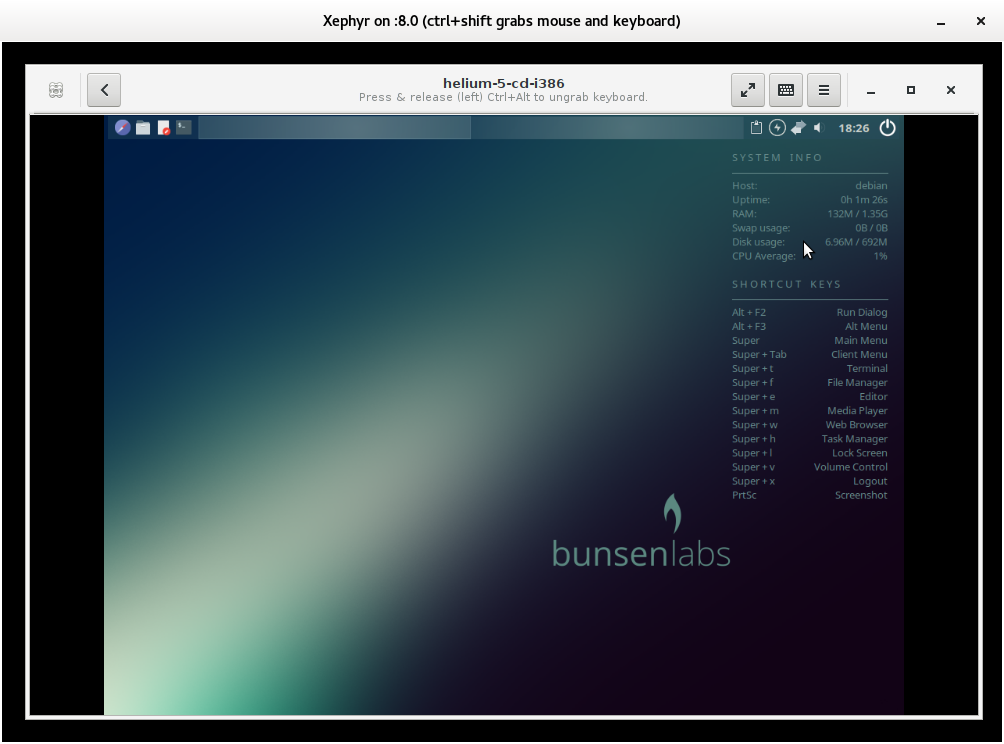
Because my client is Debian 9.9 and my server’s DE is Debian 9.9, I have no particular software conflicts between the two DEs so I can just use SSH X11 forwarding to use the gnome-boxes application on my server on my client’s desktop. A short simple command does it all. See images below:
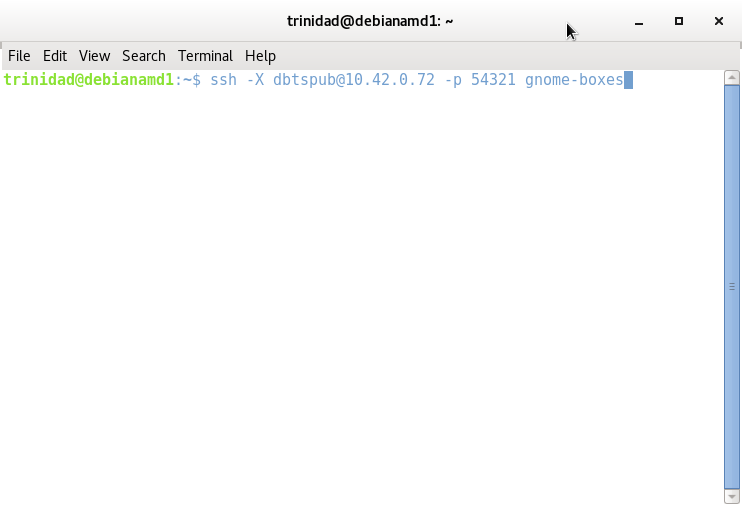
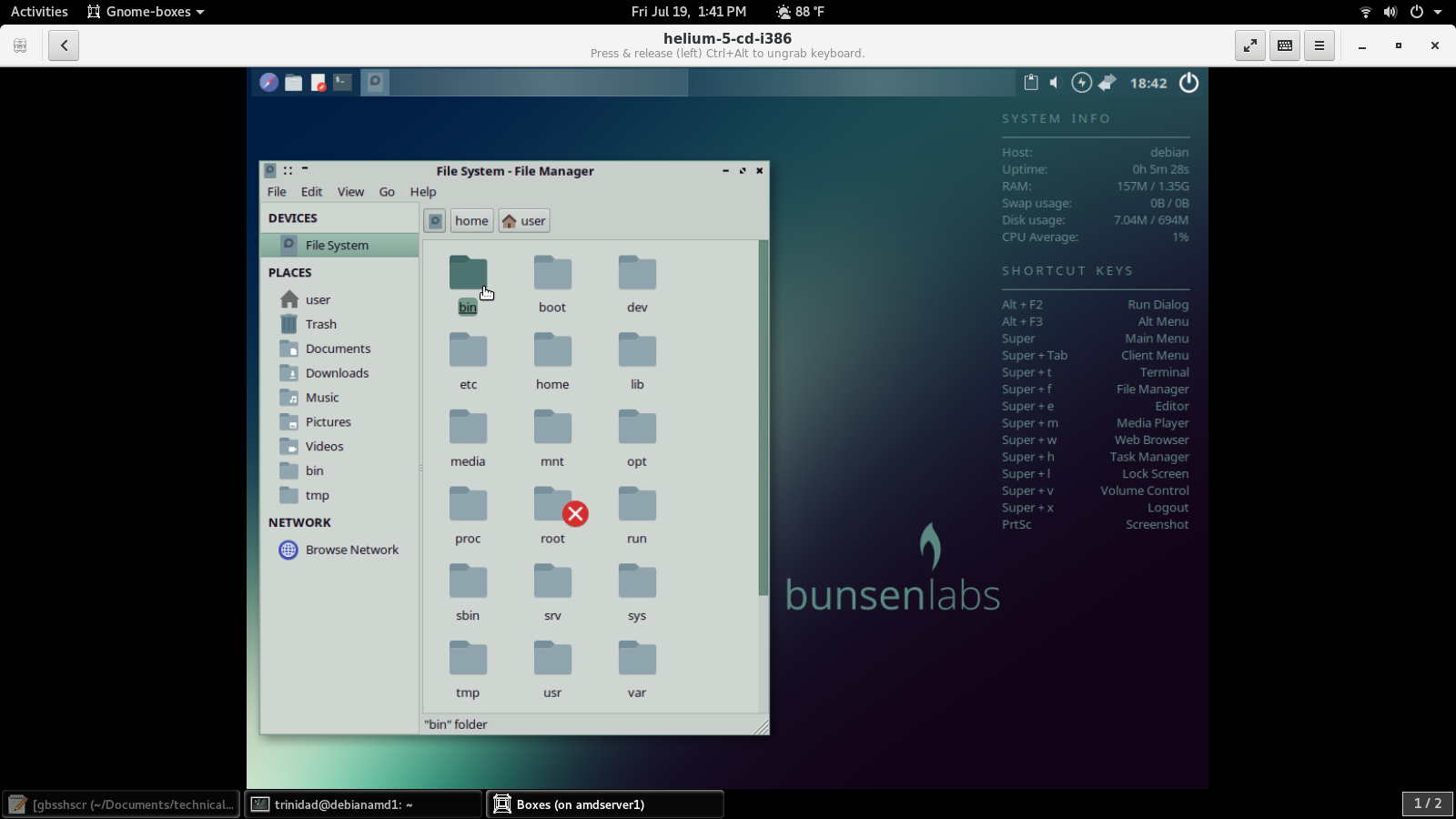
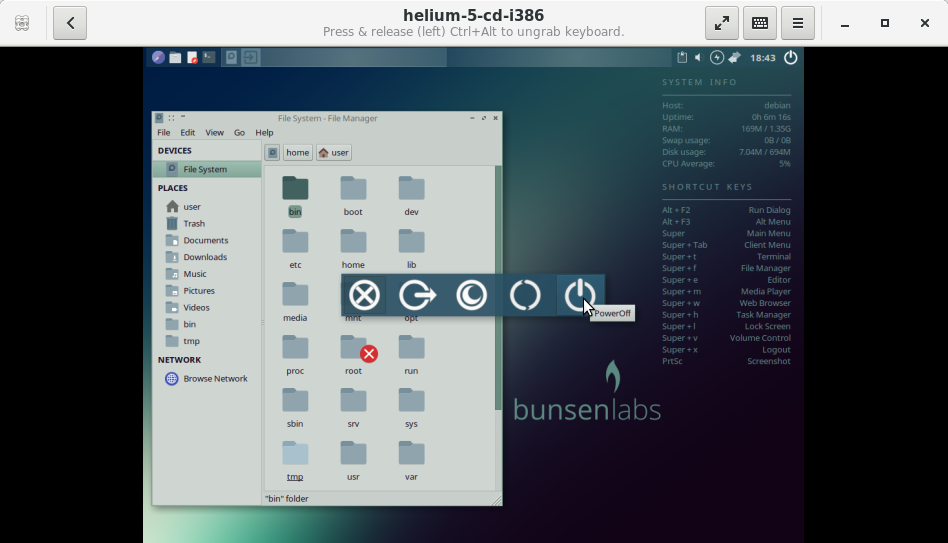
Of course I wouldn’t be done without a Linux Lite example; in this case 3.8.
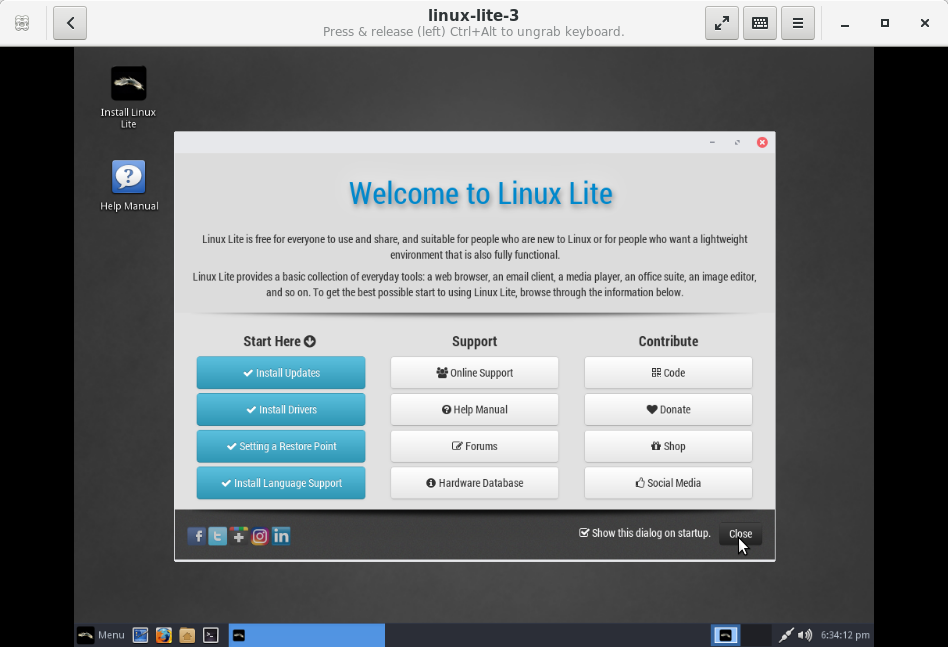
Finally, you can also remotely run the GUIs of many of the applications that are on your server with the same command just substituting the name of the application you want to run. See examples below:
Leafpad below:

LXterminal below:
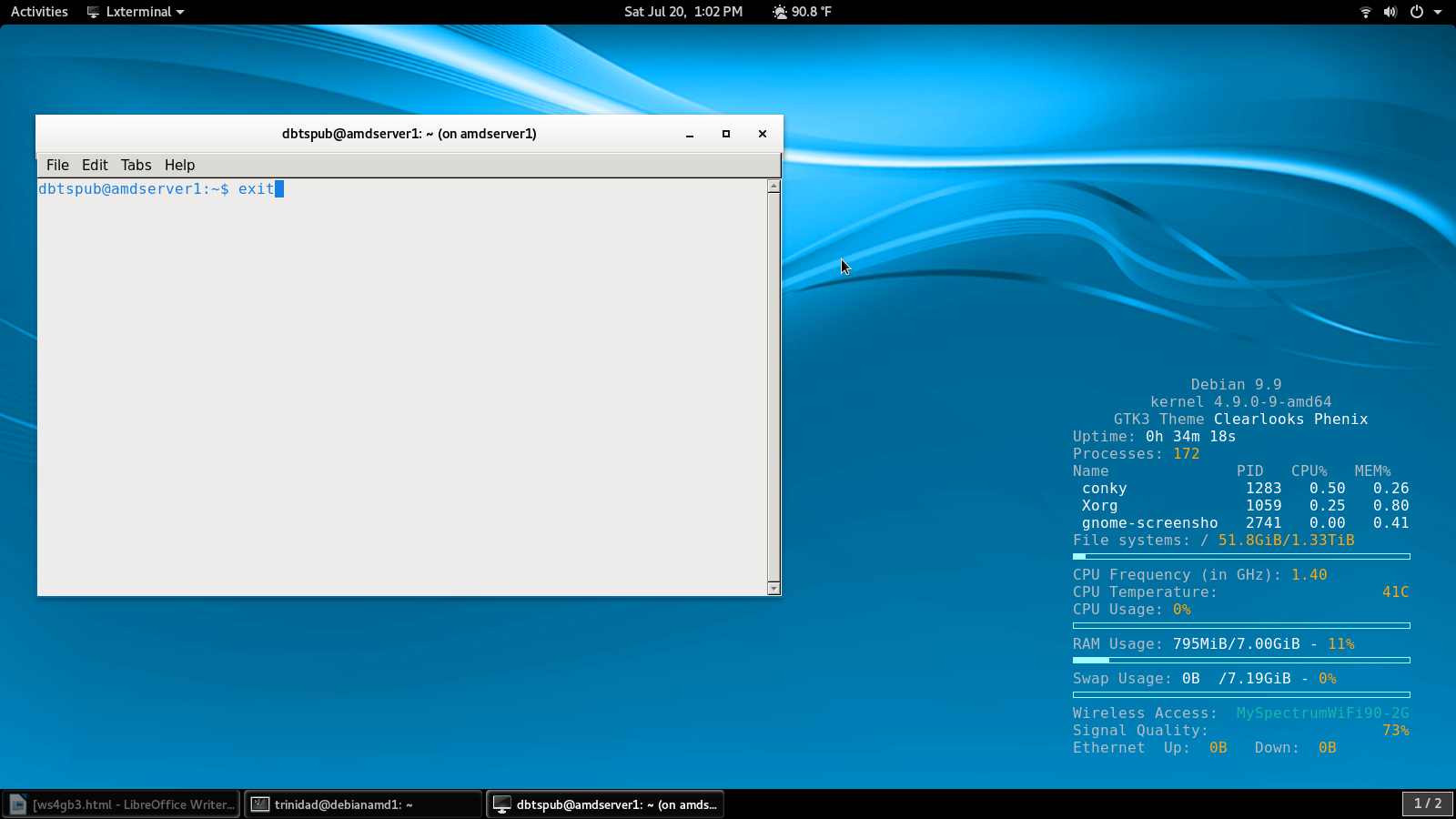
And even Firefox:
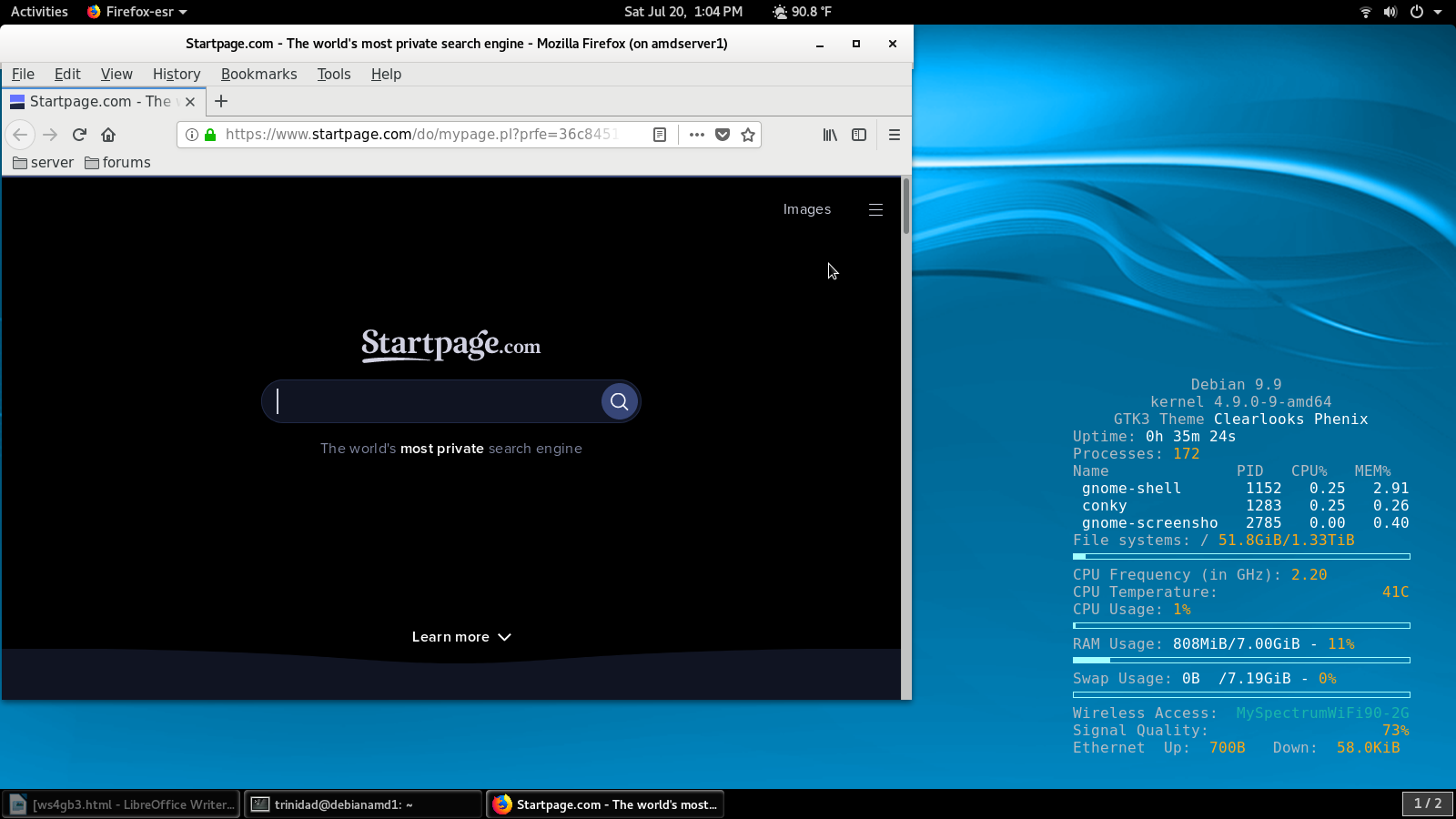
Section 2: Getting Around In Gnome-Boxes
Section 1: Basic Installation & Usage